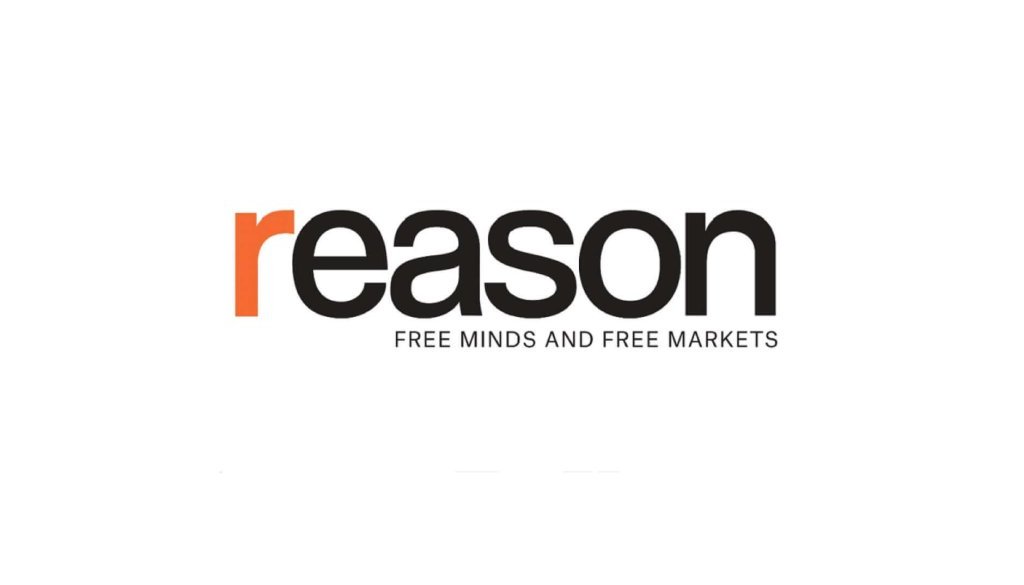Setting the Wayback Machine to 1995: “Cheap Speech and What It Will Do”: A Rosy Future
[This is an excerpt from my 1995 Yale Law Journal article “Cheap Speech and What It Will Do,” written for a symposium called “Emerging Media Technology and the First Amendment.) Thirty years later, I thought I’d serialize the piece here, to see what I may have gotten right—and what I got wrong.]
[I]f the discussion in Parts I and II is correct, the new technologies will change the speech market much more dramatically than we’ve seen so far. Today’s First Amendment law evolved in a media world that had particular characteristics. A relatively few established outlets carried most of the speech that mattered. Extremist speakers had fairly little access to the public. The main news sources—TV programs and newspapers—provided a mix of ostensibly nonpartisan information about a variety of topics. The limited set of sources gave people a more or less common base of information from which to argue. These underlying characteristics are, in my view, more significant than the ones discussed in the last few paragraphs. If they change, what consequences will this have for First Amendment law?
Let me begin my answer with the good news.
Existing First Amendment doctrine is founded on some rather idealized premises. “[T]he best test of truth is the power of the thought
Article from Reason.com

The Reason Magazine website is a go-to destination for libertarians seeking cogent analysis, investigative reporting, and thought-provoking commentary. Championing the principles of individual freedom, limited government, and free markets, the site offers a diverse range of articles, videos, and podcasts that challenge conventional wisdom and advocate for libertarian solutions. Whether you’re interested in politics, culture, or technology, Reason provides a unique lens that prioritizes liberty and rational discourse. It’s an essential resource for those who value critical thinking and nuanced debate in the pursuit of a freer society.




